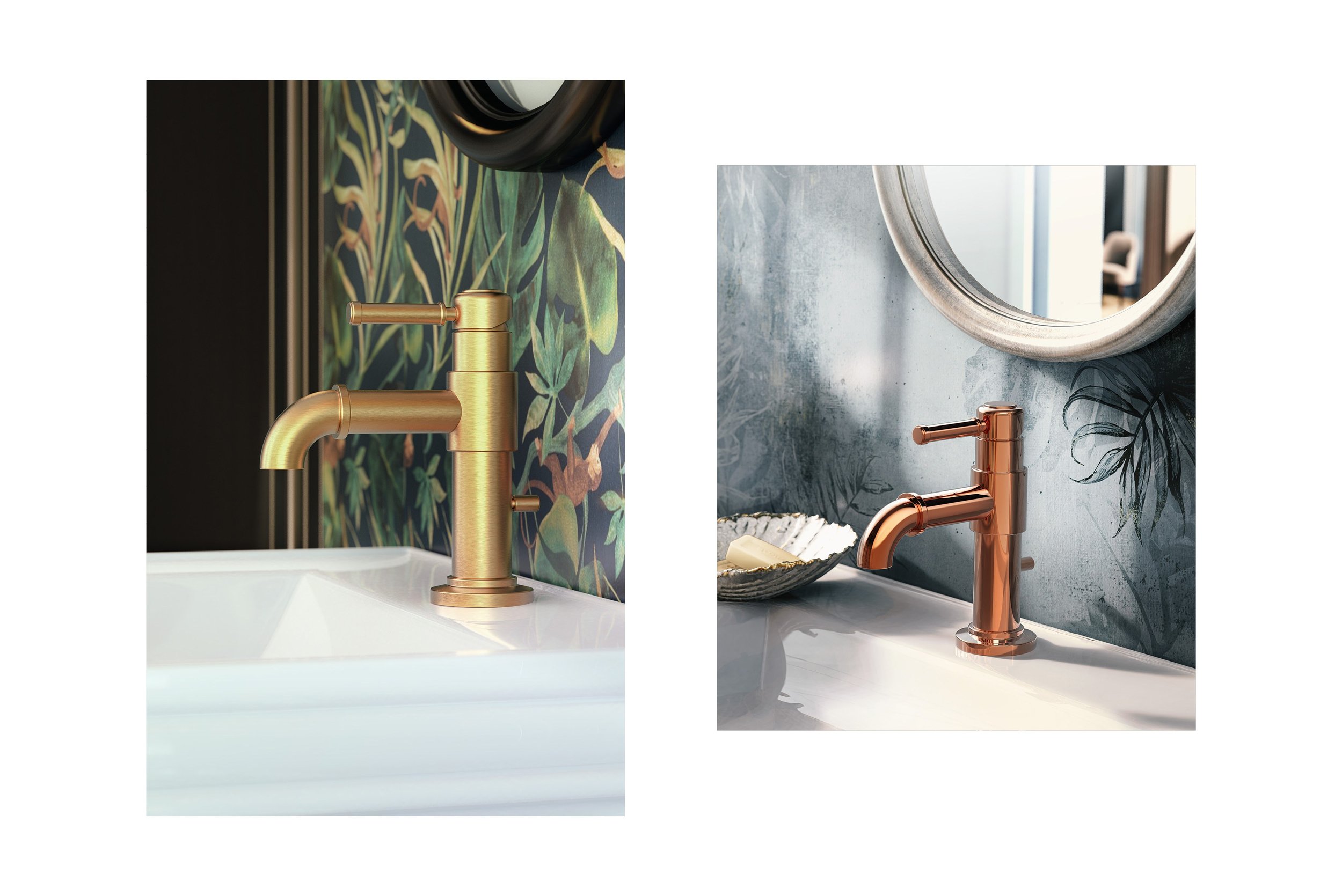How to: Create a more eco-friendly bathroom
How can you reduce your water consumption and save money whilst also doing your bit to save the planet? We asked Senior Designer Faye from Ripples Bournemouth for her top tips for creating a more eco-friendly bathroom.
“In the UK alone, the average household uses approximately 349 litres of water a day...that’s a whopping 142 litres per person. In addition, of all the CO2 emissions produced in the UK, 6% come purely from water usage. As we use more water, we use more energy to pump, heat and treat that water, in turn producing emissions which can be detrimental to the environment.”
-Faye, Senior Designer at Ripples Bournemouth
Taps
Many taps are now supplied with flow regulators; a device which regulates the flow of water to a pre-set rate. Some regulators are designed to ensure a constant flow, taking into consideration any change in pressure which might occur. Flow regulators take on a variety of forms, from simple aerators which can be installed by the user (where the hand shower/fixed head meets the shower hose/arm) to more involved in-line regulators which are installed by professionals into the mains water line for the property. If you are retro-fitting, be sure to chat to a Ripples designer to ensure your choice of flow regulator is compatible.
Shower
You can also choose a shower head which is fitted with a flow restrictor. This will limit the amount of water which passes through the shower, in turn using less water. But this option doesn’t mean you end up with a substandard shower as each flow restrictor shower has been carefully designed to reduce water consumption but still offer a pleasurable showering experience. Many of these shower heads will also use an air function, pumping air in with the water to give a softer, more voluminous spray.
Flow restrictors are not the only water saving option available when it comes to shower heads. A general rule to follow is the larger the head, the more water it will require. For example, large ceiling shower heads look great but use a large amount of water compared to a smaller alternative, so take this into consideration if reducing water is an important part of your bathroom design.
“Investing in high quality products will reduce the likelihood of items needing to be replaced early. When it is time to replace a bathroom product, consider your options for selling or recycling it as many local recycling centres accept ceramics and metals commonly found in bathrooms.”
-Senior Designer, Faye
Bath
If a bath is a must-have for you then consider choosing a slightly smaller bath which holds less water. Alternatively, you can choose a bath where the overflow has yet to be drilled. By positioning a lower overflow at a level you’re comfortable with, you can limit the amount of water your bath can hold.
Products
The home, bath and body products you choose can also have an impact on the environment. Try seeking out products which have eco-credentials, such as recycled/recyclable packaging, refill options and ethically sourced (preferably organic) ingredients.
Flush
A very simple fix to reduce water usage is to change your single flush to a modern, dual flushplate. The dual flush plate allows you to use less water when you need to, which is not only better for the environment but can have a big impact on water bills, especially in metered homes. Dual flush plates not only do good but can look good too. Opt for a slate or wooden version in a sleek, linear design or choose a circular plate for a softer, subtle aesthetic. With almost endless colours, textures and finishes to choose from, there’s an option to suit every scheme.
Heating
Opting for dual fuel heating can dramatically reduce energy usage in your home. You can control dual fuel radiators with a timer and use heated towel rails to heat the bathroom, without having to heat the rest of the room.
For more bathroom advice from our team of specialist bathroom designers, download or request a copy of our free Style Guide.
Our designers Kerri and Caroline from Ripples Winchester have some top tips to help you make the right investments to protect the longevity of your bathroom.






